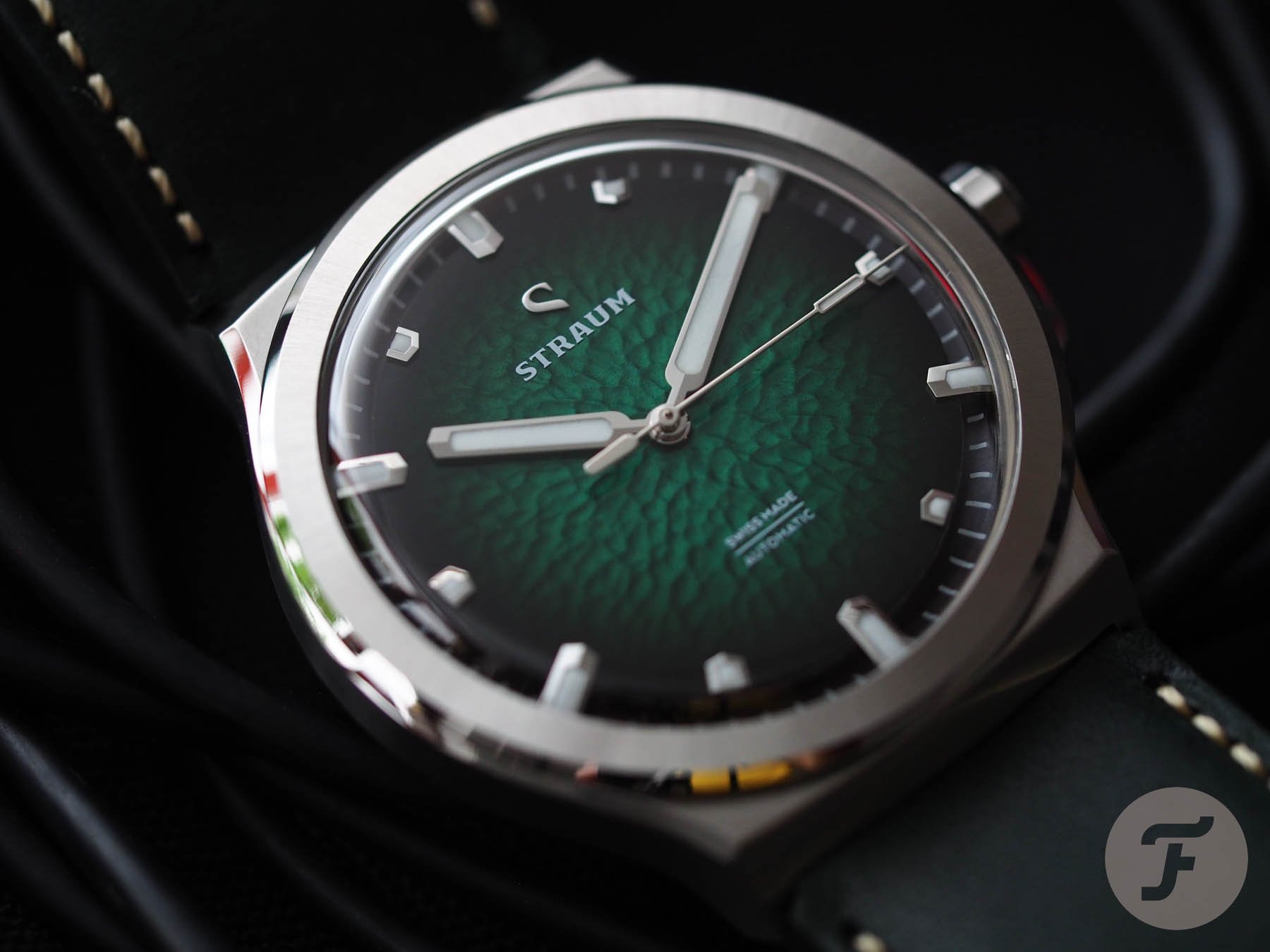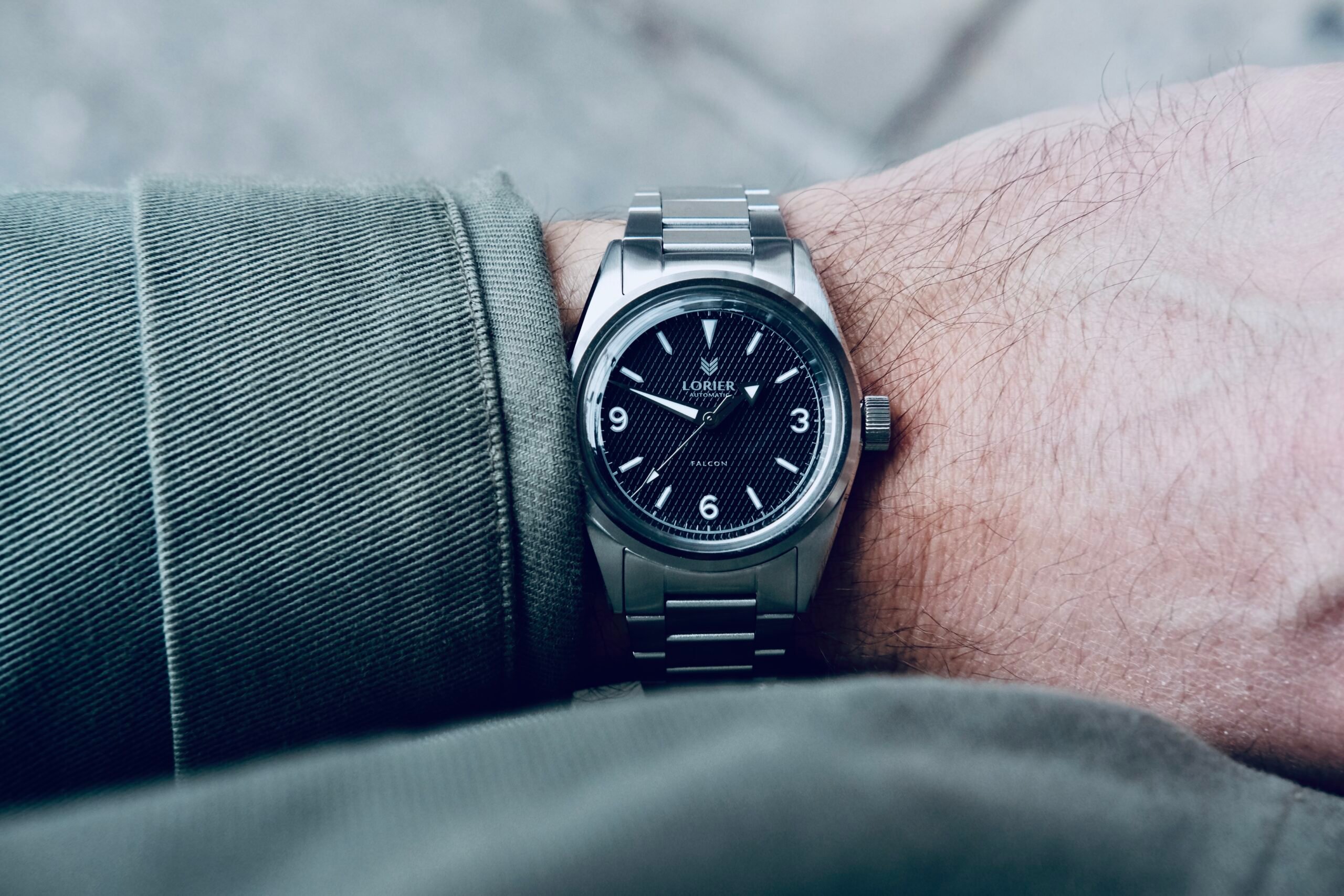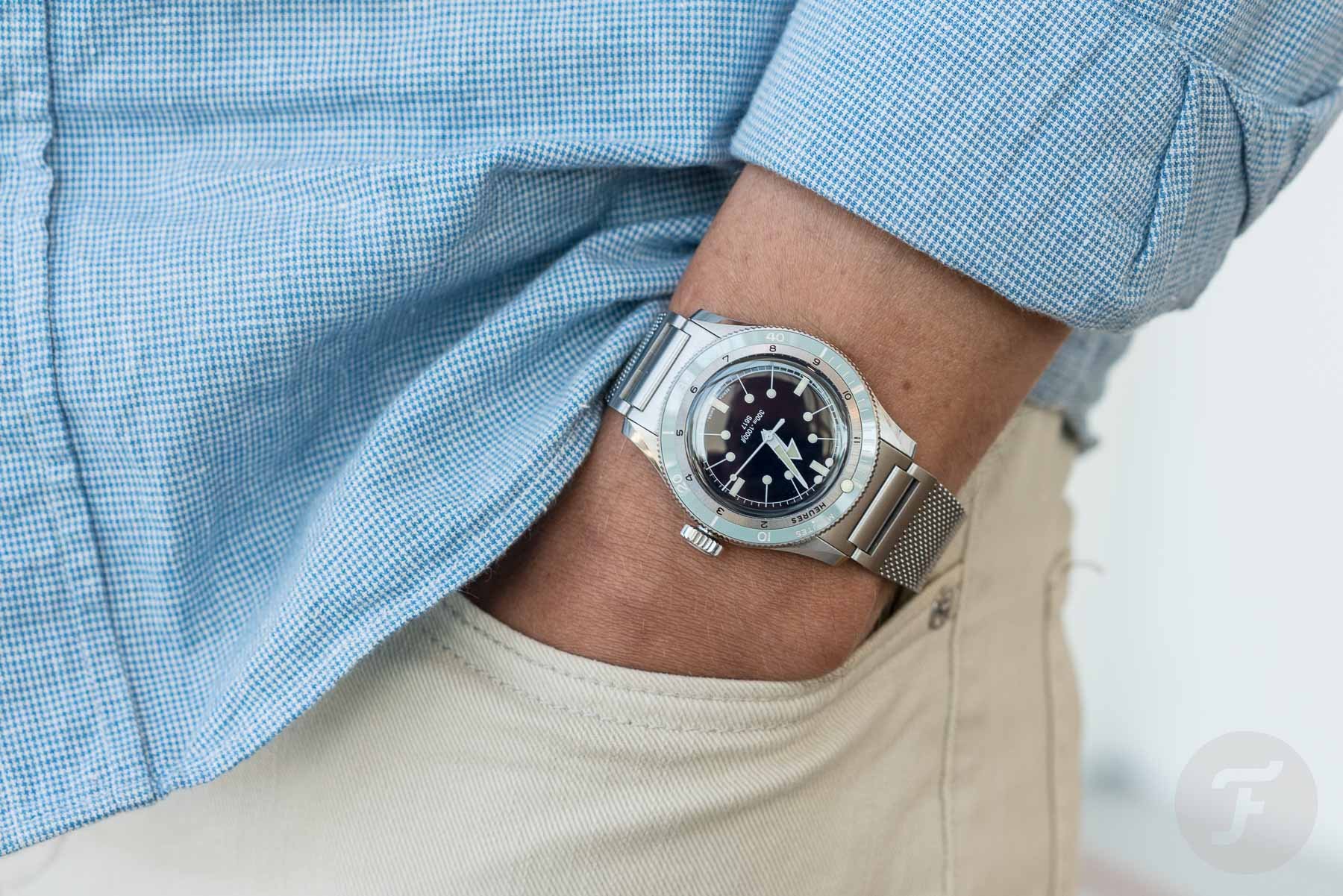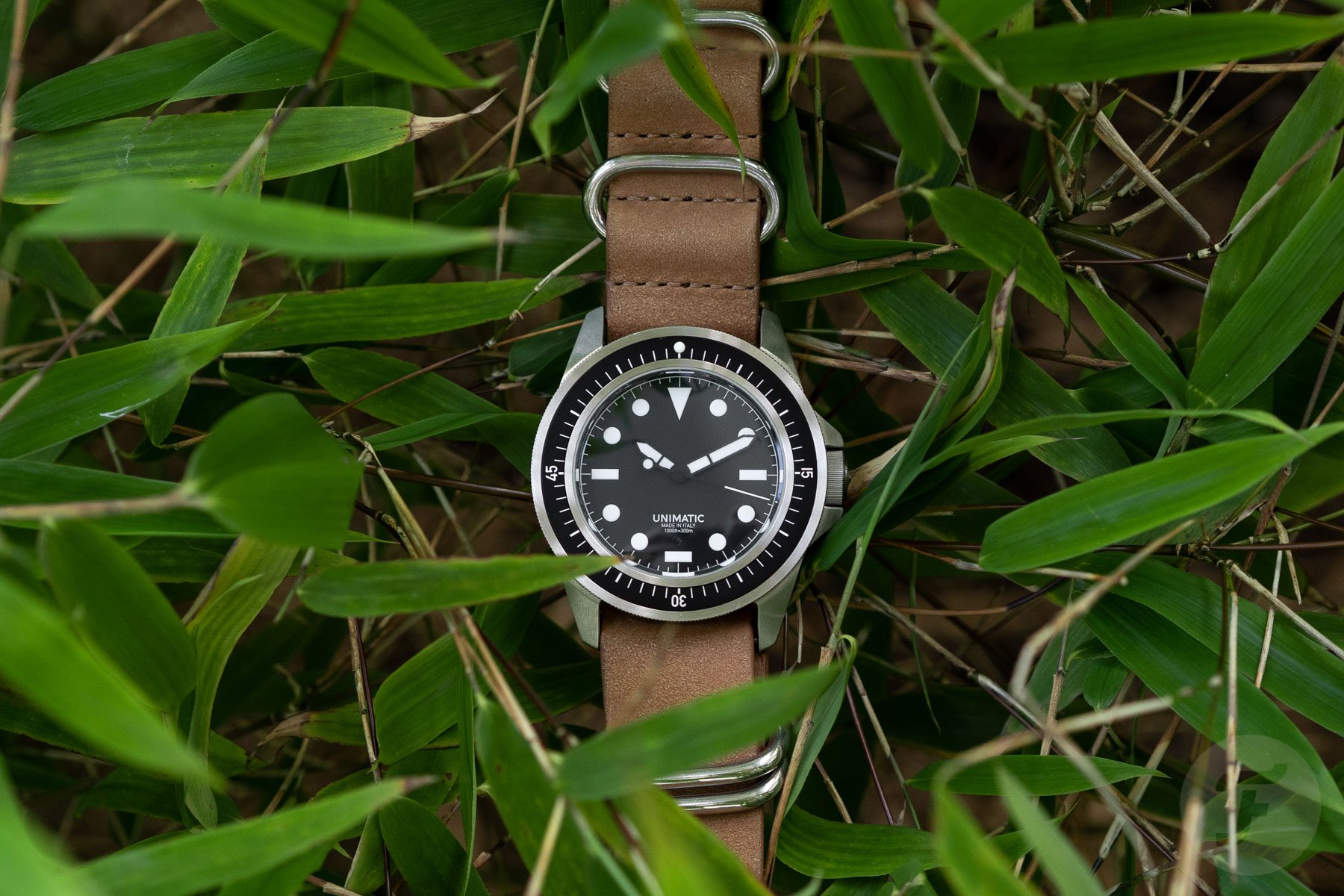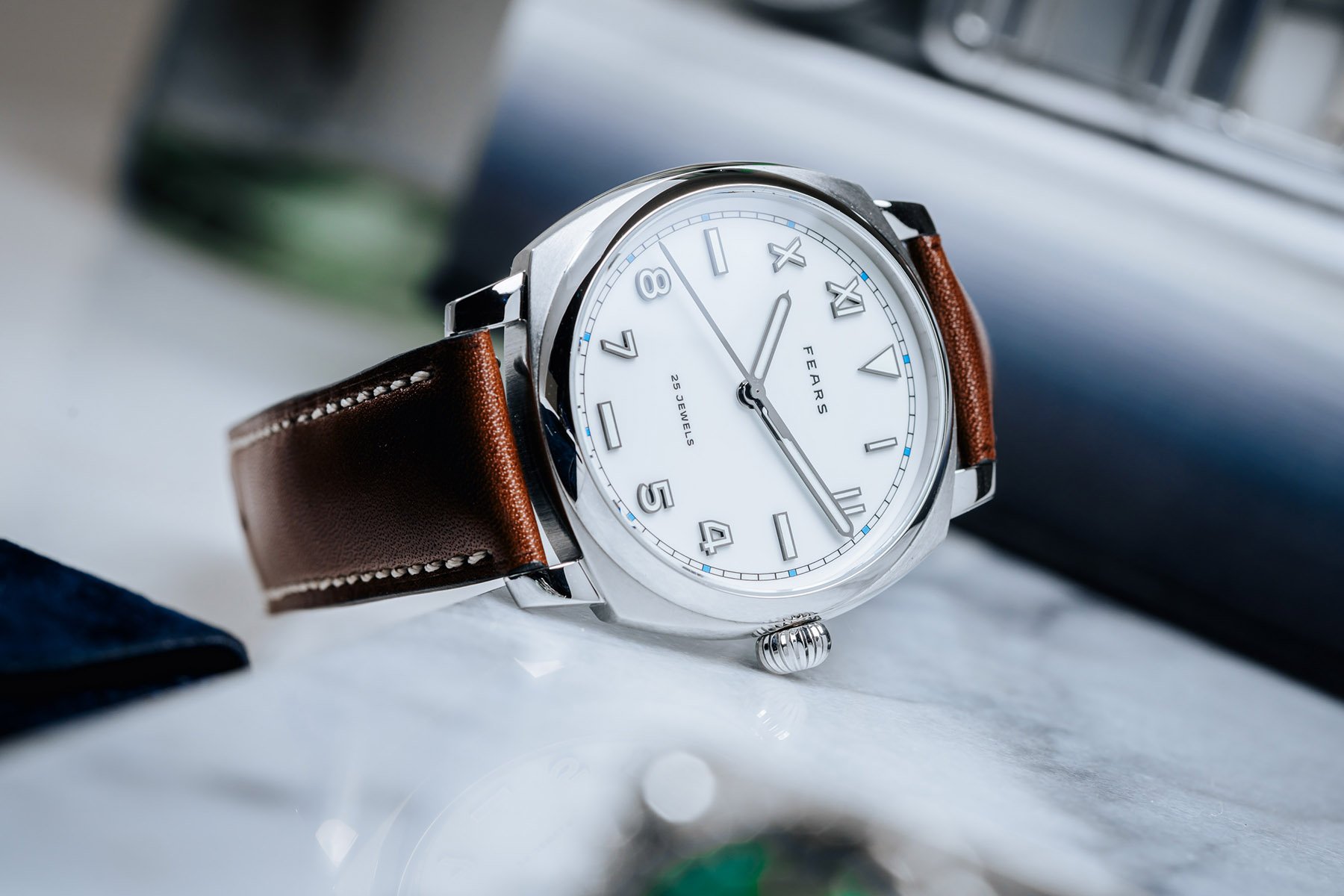The Rise Of The Microbrands — Filling The Gaps Left By Big-Name Watch Brands
The rise of microbrands is one of the key developments of today’s watch market. We get a press release for a new Kickstarter brand almost daily. The vast majority make terrible watches and do not survive. The small selection that makes it, however, has the potential to be warmly embraced by the watch community. Several of them are highly successful, consistently selling out their limited production runs. Those runs are usually so small, however, that they do not pose a threat to big brands in terms of numbers. But they do challenge them in other important ways.
At Fratello, some of us are big fans of certain microbrands. Others still have some justifiable reservations. In this article, I will explore some of the reasons for the success of microbrands and also cover some pitfalls.
Defining microbrands
Somehow, we always end up in difficult discussions about what constitutes a microbrand. For starters, let me emphasize that I use the term positively. It has no derogatory connotations for me. I know some brands do not like to be called microbrands, but I think it is a useful term that most people intuitively understand.
Let me just explain what the term means to me. I use it to describe a young, independently owned brand with a very small team. Brands like these design their own watches but have them developed and produced by suppliers, sometimes doing assembly and/or regulation in-house. If they actually produce the entire watch (or a majority of it) in-house, I would characterize them as “independents” rather than microbrands. They often do small production runs, sometimes sold upfront.
Of course, there are many nuances to consider. How about revived brands that are now operated in a microbrand style? And when does a microbrand stop being a microbrand? Does it come with production numbers? The number of employees? For this article, I consider brands such as Baltic, Serica, Unimatic, and Lorier to be microbrands.
No need to compromise like big brands
The big, established brands always have to strike a delicate balance between purism and commerciality. Watch aficionados and specialized media such as Fratello often demand something different than the mass audience that actually buys the bulk of their watches. My recent review of the Longines Record Chronograph is a prime example. It is a watch that is designed to speak to a certain target audience. As an admirer of Longines who is a little more initiated, it fails to impress me.
This is hardest for brands that are part of a group. They are often tightly bound to a specific target audience and price segment. Longines is not allowed to compete with Omega within the Swatch Group. As a result, these brands are constantly making compromises to stay out of each other’s hair.
Microbrands do not suffer from such issues. They are too small to compete for the average watch-buying consumer. They have neither the budget nor the retail network for that. As a result, they can focus on us, the aficionados, instead. This shows — as a very obvious and visible example — in design choices such as case sizes. Based on market research, Tissot produces a vintage-style chronograph in a 42mm case. Baltic, on the other hand, makes its chronograph in a 38mm size because that is how many aficionados like it.
Microbrands as one-person visions
Another advantage of microbrands is that they are often the brainchild of just one or two people. This allows them to be radical in their design and business choices. Self-funded or Kickstarter-funded microbrands have nobody to report to — no board, no shareholders. Their backers funded them because they liked the radical concept they presented, and they can then pursue that concept with little compromise.
I think this is what separates the good from the bad. Bad microbrand watches are often just derivative designs puzzled together from some manufacturer’s generic parts catalog. The better ones are often obsessively imagined and designed by a passionate founder. At Fratello, we sometimes enjoy the privilege of getting an inside view of such processes. Devoted entrepreneurs such as Jérôme Burgert of Serica or Tom van Wijlick of Arain/Lebois & Co can obsess over a case bevel or a bezel color. The result is often more inspiring than many mainstream watches.
Admittedly, compromises come in other forms. The small production numbers, for instance, limit possibilities for custom parts. Bracelets are particularly notorious. Unless you are ordering 2,000 pieces, you are unlikely to be able to get a fully custom design produced. This is why you will often find generic (and often mediocre) bracelets on microbrand watches.
Microbrands close to the watch community
Big brands can often feel lofty and distant. Microbrands, by contrast, are often run by “one of us” — just a watch guy or gal with an idea and the guts to pursue it. You feel that when you interact with them. Especially at first, your questions will probably get answered by the founder. There is a certain realness to it, no generic replies written by some copywriter from the communications department. Just the person in charge, telling it as it is.
This creates some much-needed accountability. It is the founders who deal with social media, emails, and calls. If there is some inexplicable pricing strategy or design choice in place, they immediately feel the backlash themselves. As such, they are much more incentivized to treat people the way they like to be treated.
Big-name brands slipping up
The above forms a stark contrast with some slip-ups from certain big-name brands. Some seem to be confused about what a luxury brand should be. “Luxury” somehow gets translated as being arrogant and self-centered rather than customer-focused. Do not get me wrong; many big brands do an amazing job. But there certainly are bad apples.
I am referring to malpractices such as unjustifiable prices, rude boutique personnel, boutique-only nonsense, lying about proprietary calibers, and charging excessive sums for replacement straps and servicing. In short, not all brands make you feel like the customer is king. Rather, they make you feel like you are lucky to even be allowed to be their client. It might be my egalitarian Dutch nature, but that does not sit well with me. If I am paying your salary, I want to feel welcome.
I am yet to have a similarly off-putting experience with a microbrand. “Treat others how you like to be treated” seems to be held in higher regard there. This makes sense, as their policies are not made by managers who never meet an actual client, safely hidden at HQ. Again, this does not apply to all big-name brands, and I am sure there is malpractice at microbrands too. I do, however, feel that this is part of the attraction of microbrands. I, for one, just prefer to support a small brand with a sympathetic face.
The “lower-price segment aimed at aficionados” gap
Yes, that is an actual watch-marketing term — or at least it is now. Many big-name brands are moving upmarket. There are several reasons we can point to, but one is the rise of the smartwatch. It makes the sub-€/$2,000 bracket less attractive for traditional watch brands. We aficionados might be actively buying in that segment, but the majority of consumers are not.
Microbrands can get by selling a couple-hundred watches rather than tens or even hundreds of thousands. This means they can live happily in that lower-price segment aimed at aficionados. They just need those few hundred watch geeks on board.
In other words, there is a vacuum emerging that is the perfect habitat for microbrands, especially since they have little overhead. Add to that the online-only, direct-to-consumer business models, and you see why they can thrive where big-name brands cannot.
The future of microbrands
I think the rise of microbrands is a really good thing for everyone. They are no threat to the existence of big-name brands, but they do keep them on their toes. Their success means there is a richer variety of watches for us to choose from, often in the more affordable price brackets. I also think they are maturing. We are seeing watches that are quite simply great. The better examples no longer feel like Seiko mods, with all due respect to Seiko modding.
There are challenges, though. What will long-term serviceability look like? Your typical ébauche calibers can be serviced by anyone, but what if you need a replacement bezel, handset, or dial? Will those same microbrands still be around in 10 or 20 years? Will they have the parts?
I am curious to see how they develop from a business perspective too. Will we see the big groups start to buy up microbrands for their innovative powers and closeness with the community? Will we see new groups purely made up of microbrands? Or will they retain their independence? And if so, will they have the required longevity?
What do you think? I am curious to read your predictions in the comments below.
You can also find and follow me on Instagram: @time_travelers_journal

